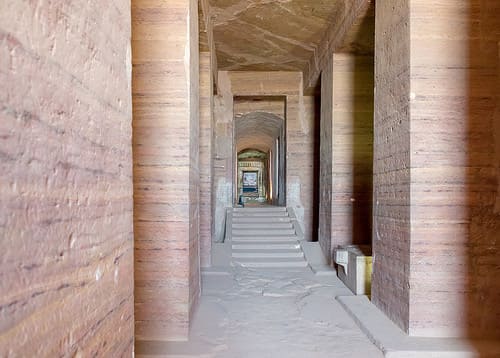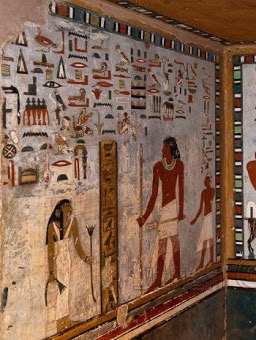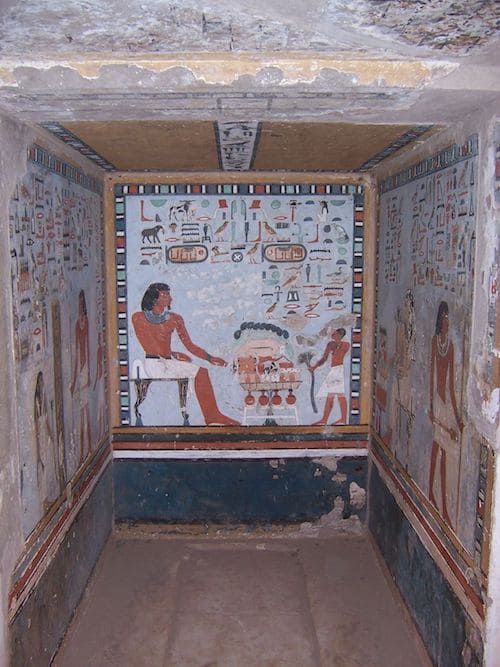No other nation in the world says ‘Welcome’ as often as the Egyptians, and every time, they mean it. While the ancient civilization of Egypt continues to amaze, contemporary Egyptians are equally remarkable.
Tombs of the Nobles in Aswan
Tombs of the Nobles in Aswan
The Qubbet el-Hawa, also known as the Dome of the Winds, is a notable archeological site located in Aswan, Egypt. This location is renowned for its collection of rock-cut tombs belonging to high-ranking officials from the Old and Middle Kingdoms. The hillcrest is dominated by a distinctive dome, which is dedicated to a Muslim prophet, lending the site its name.
The site comprises several notable tombs, each offering a unique glimpse into ancient Egyptian life and history. Key tombs include:

- Tombs #25 & 26 – Mekhu and Sabni: These tombs belonged to a father and son, both of whom served as overseers of Upper Egypt under Pharaoh Pepy II. Mekhu’s tomb features reliefs detailing his murder during a Nubian expedition, while Sabni’s tomb tells the story of his life and his role in avenging his father’s death.
- Tomb #31 – Sarenput II: This well-preserved tomb dates back to the reign of King Amenemhet II during the 12th Dynasty. It belonged to Sarenput II, an Elephantine Garrison Commander. The tomb is adorned with vibrant, colorful paintings and hieroglyphs, and contains a large chamber with six pillars and several niches, each housing a mummiform statue.

- Tomb #31 – Khunes: A Chancellor and Lector Priest from the 6th Dynasty, Khunes’ tomb includes scenes of his daily life and activities. It also features a serdab and a side chamber that was later used as a Coptic cell.
- Tomb #31 – Harkhuf: Known for his title “Overseer of Foreign Troops” under Pepy I, Pepy II, and Merenre, Harkhuf’s tomb is famous for a letter from Pepy II, requesting the delivery of a dancing pygmy from an African expedition.
- Tomb #35 – Pepynakht: Also an Overseer of Foreign Troops under Pepy II, this tomb features biographical texts and reliefs depicting scenes of bullfighting and hunting.
- Tomb #36 – Sarenput I: From the 12th Dynasty, this tomb belonged to the Overseer of the Satis Priests and Governor of Elephantine, Sarenput I. It contains scenes of Sarenput I engaging in fishing and hunting, and showcases his everyday life in beautifully painted hieroglyphs.

Visitors can access these tombs by climbing a series of stone steps that lead to the upper cemetery area. While the tombs are not known for their state of preservation, they offer a fascinating insight into the lives of their occupants. The site also features causeways that lead down the hillside, originally used for accessing the tombs and transporting burial goods.
The Qubbet el-Hawa is an important historical site, providing a unique window into ancient Egyptian society, culture, and burial practices.
Created On March 18, 2020
Updated On Aug , 2024


